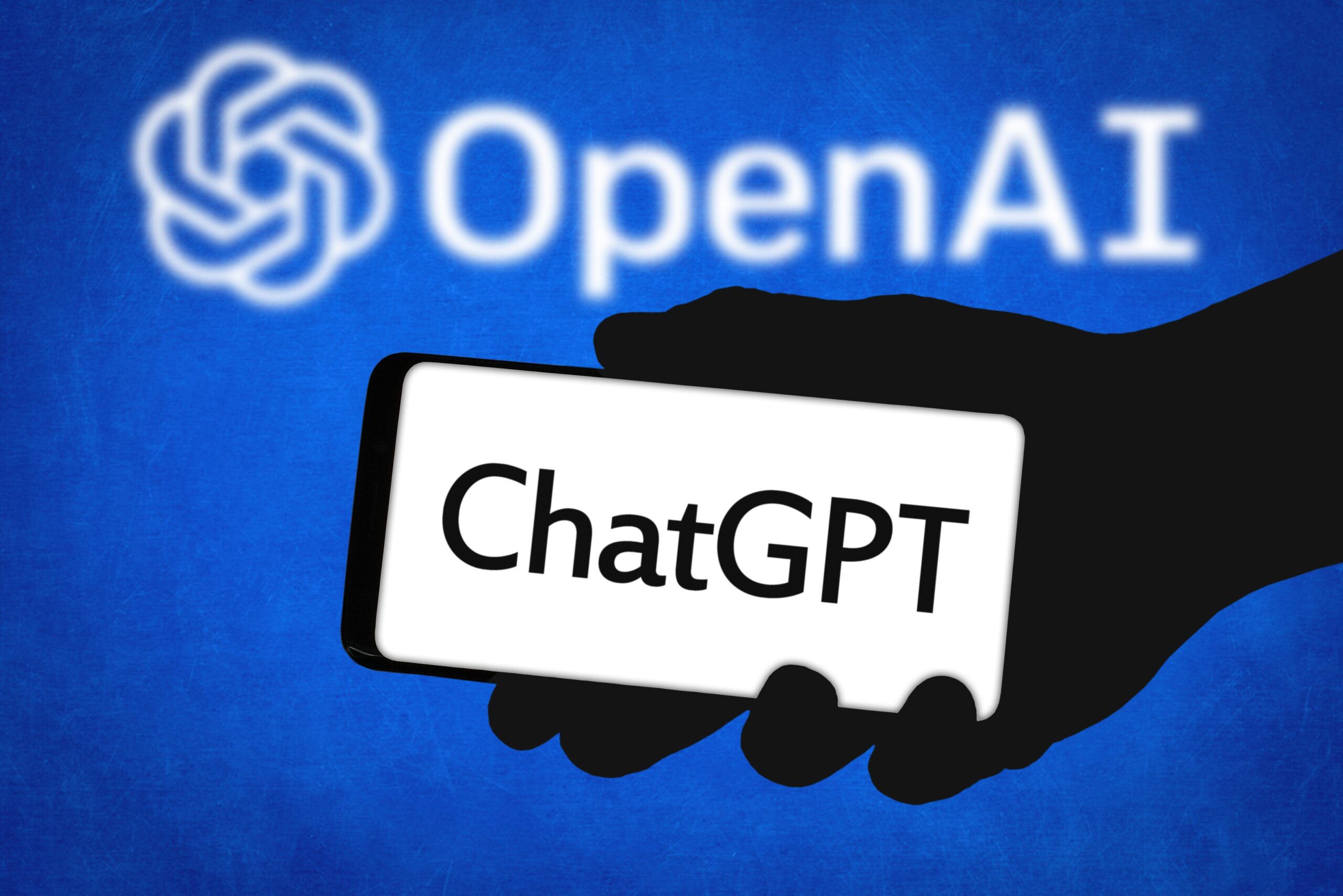In recent years, the field of Artificial Intelligence (AI) has seen significant advancements, particularly in the area of conversational AI. ChatGPT, a state-of-the-art language model developed by OpenAI, has gained widespread attention and has revolutionized the way we interact with AI systems. In this article, we will explore the capabilities of ChatGPT, how it works, its benefits, use cases, limitations, and future developments.
What is ChatGPT?
ChatGPT is an advanced language model powered by deep learning techniques. It is designed to generate human-like responses based on given inputs, making it an ideal tool for engaging in meaningful conversations. The model has been trained on vast amounts of text data, enabling it to understand and generate coherent and contextually relevant responses.
How does ChatGPT work?
ChatGPT employs a technique called unsupervised learning, where it learns patterns and structures in the data without explicit instructions. It uses a variant of the Transformer architecture, a neural network architecture known for its ability to handle sequential data efficiently. The model is trained using a large dataset that contains parts of the Internet, allowing it to acquire a broad understanding of various topics.
When provided with a prompt or input, ChatGPT processes the information and generates a response based on its learned knowledge. It leverages the context provided in the input to generate more accurate and relevant outputs. The model uses probability distributions to predict the most likely sequence of words for the given context, resulting in coherent and contextually appropriate responses.
The Benefits of ChatGPT
ChatGPT offers several benefits that make it a powerful tool for various applications:
- Natural Language Understanding: ChatGPT demonstrates an impressive ability to understand and respond to natural language inputs, making interactions feel more human-like and engaging.
- Versatility: The model can be used across multiple domains, including customer support, content generation, language translation, and more. Its versatility makes it a valuable asset in many industries.
- Time and Cost Efficiency: ChatGPT can handle a high volume of conversations simultaneously, reducing the need for human intervention in certain tasks. This efficiency can save both time and costs for businesses.
- Constant Improvement: OpenAI regularly updates and refines the model to enhance its performance and address any limitations. This commitment to continuous improvement ensures that users benefit from the latest advancements in conversational AI.
Use Cases of ChatGPT
ChatGPT has found application in various fields. Some notable use cases include:
- Customer Support: ChatGPT can assist in handling customer queries, providing instant responses, and offering basic troubleshooting guidance. This improves customer satisfaction and reduces the workload of support teams.
- Content Generation: The model can generate content on a wide range of topics, including articles, blog posts, social media captions, and product descriptions. It helps content creators streamline their workflow and generate engaging content quickly.
- Language Translation: ChatGPT can facilitate real-time language translation by generating translations based on input sentences. This feature is particularly useful in international communication and language learning applications.
- Virtual Assistants: ChatGPT can serve as the intelligence behind virtual assistants, enabling them to engage in conversations, answer questions, and provide personalized recommendations.
Limitations of ChatGPT
While ChatGPT is an impressive AI model, it does have some limitations that need to be considered:
- Lack of Contextual Understanding: ChatGPT may sometimes generate responses that lack proper context or exhibit bias. It can struggle with understanding complex queries or distinguishing between factual information and opinions.
- Overreliance on Training Data: The model’s responses are heavily influenced by the data it was trained on. This can lead to the propagation of existing biases and inaccurate information if not carefully monitored.
- Sensitive Content Handling: Due to its unsupervised learning approach, ChatGPT may generate inappropriate or offensive content. Efforts must be made to ensure responsible usage and content moderation.
Future Developments
OpenAI continues to invest in research and development to address the limitations of ChatGPT. They actively seek user feedback and employ advanced techniques, such as reinforcement learning and fine-tuning, to enhance the model’s capabilities. OpenAI’s commitment to transparency and responsible deployment ensures a continuous evolution of ChatGPT and its applications.
Conclusion
ChatGPT has revolutionized conversational AI by providing a language model that can engage in human-like conversations. Its ability to generate coherent responses and adapt to various domains makes it a valuable tool for businesses and individuals alike. While there are limitations to consider, ongoing advancements and responsible usage will further refine ChatGPT’s capabilities and ensure its positive impact in the field of AI.



